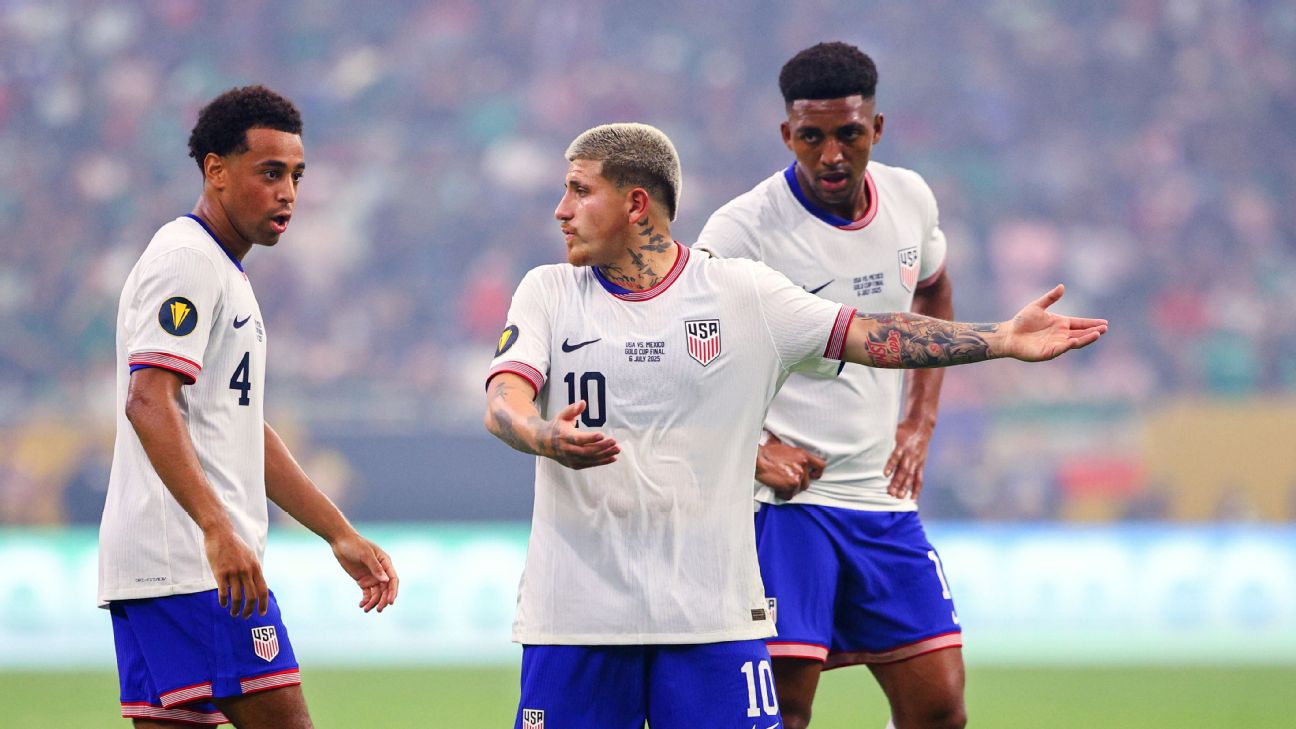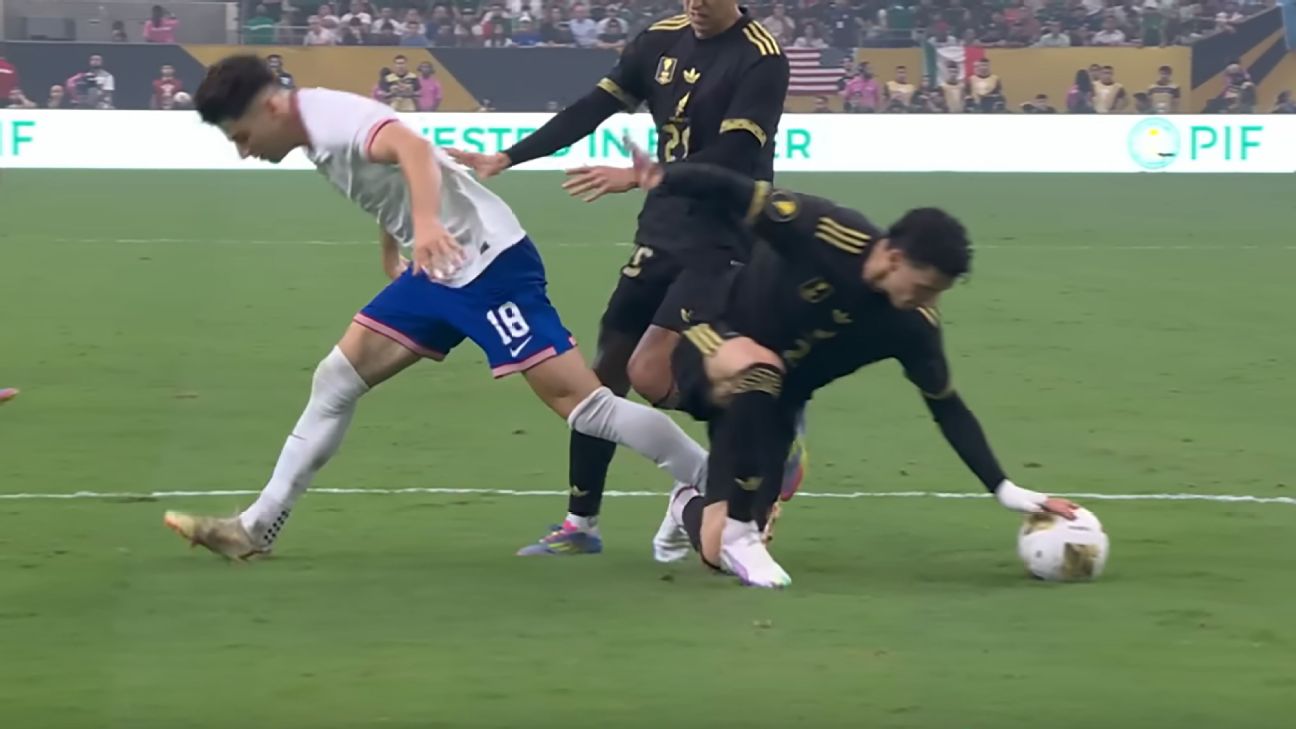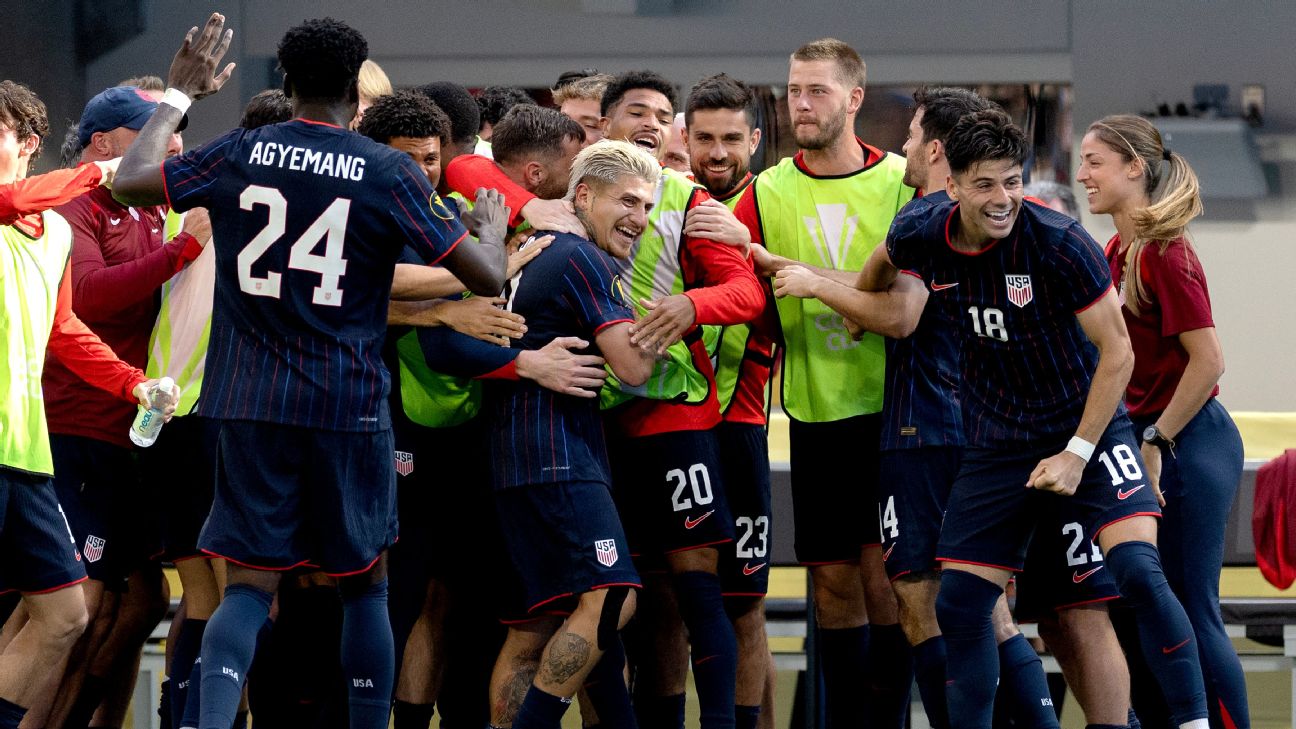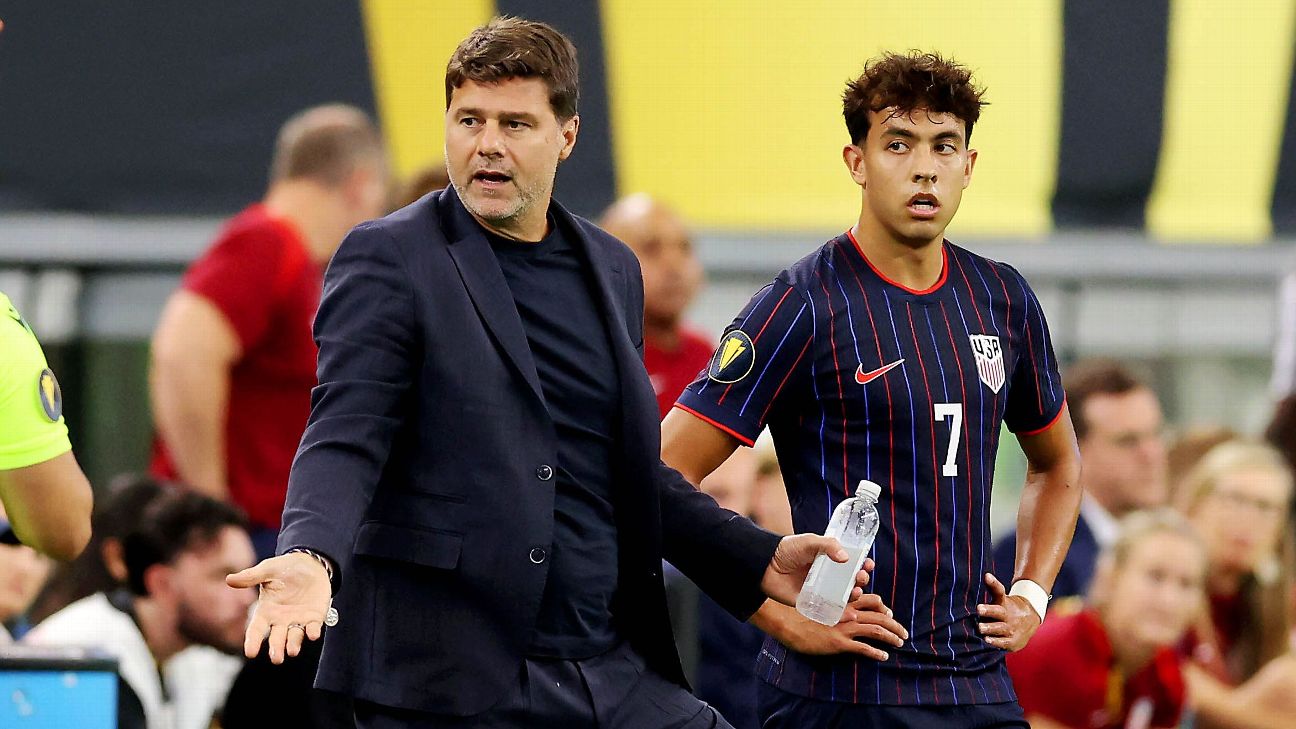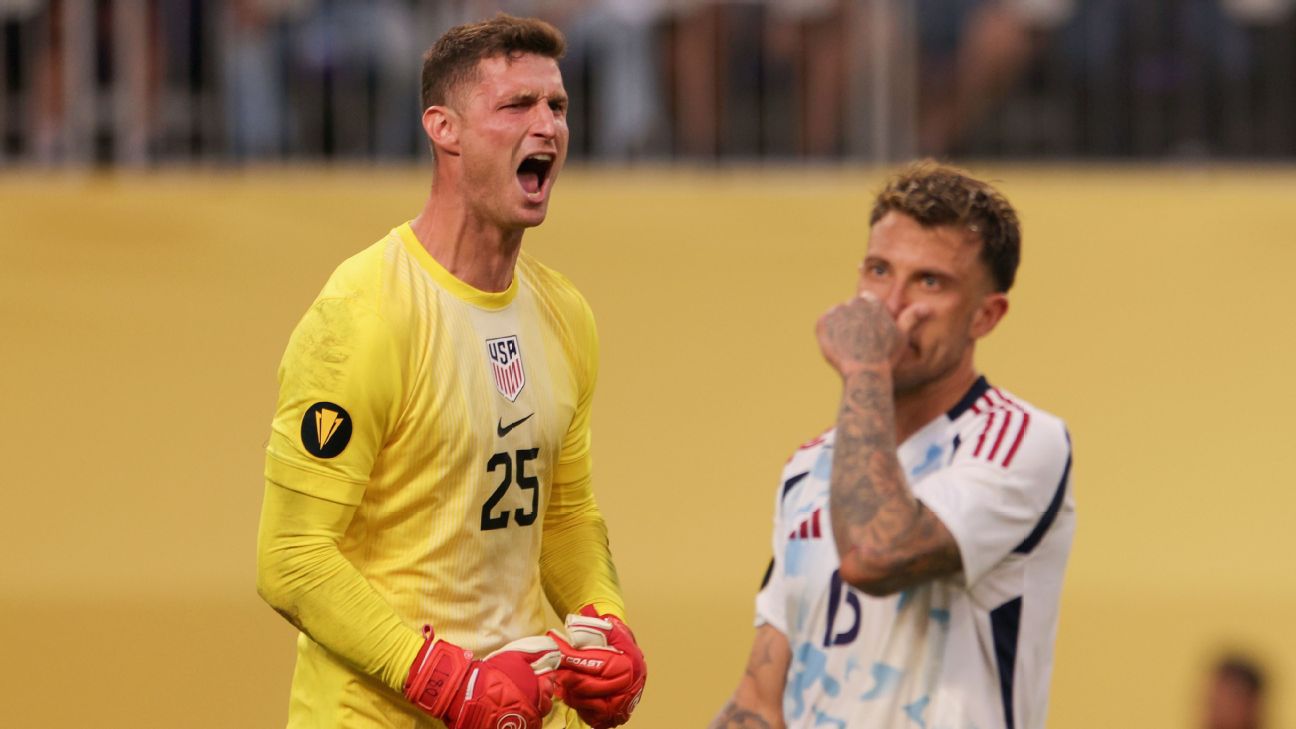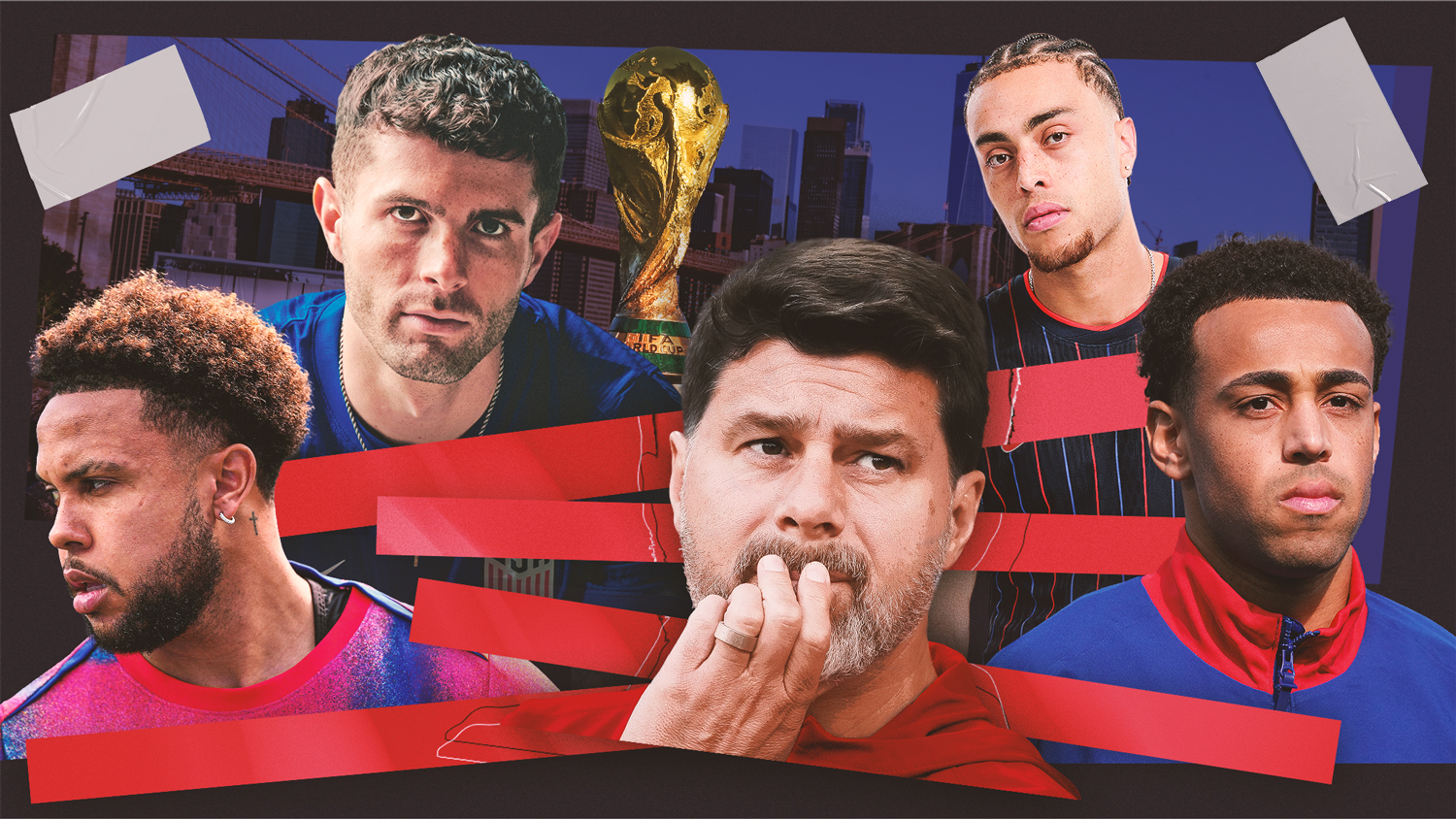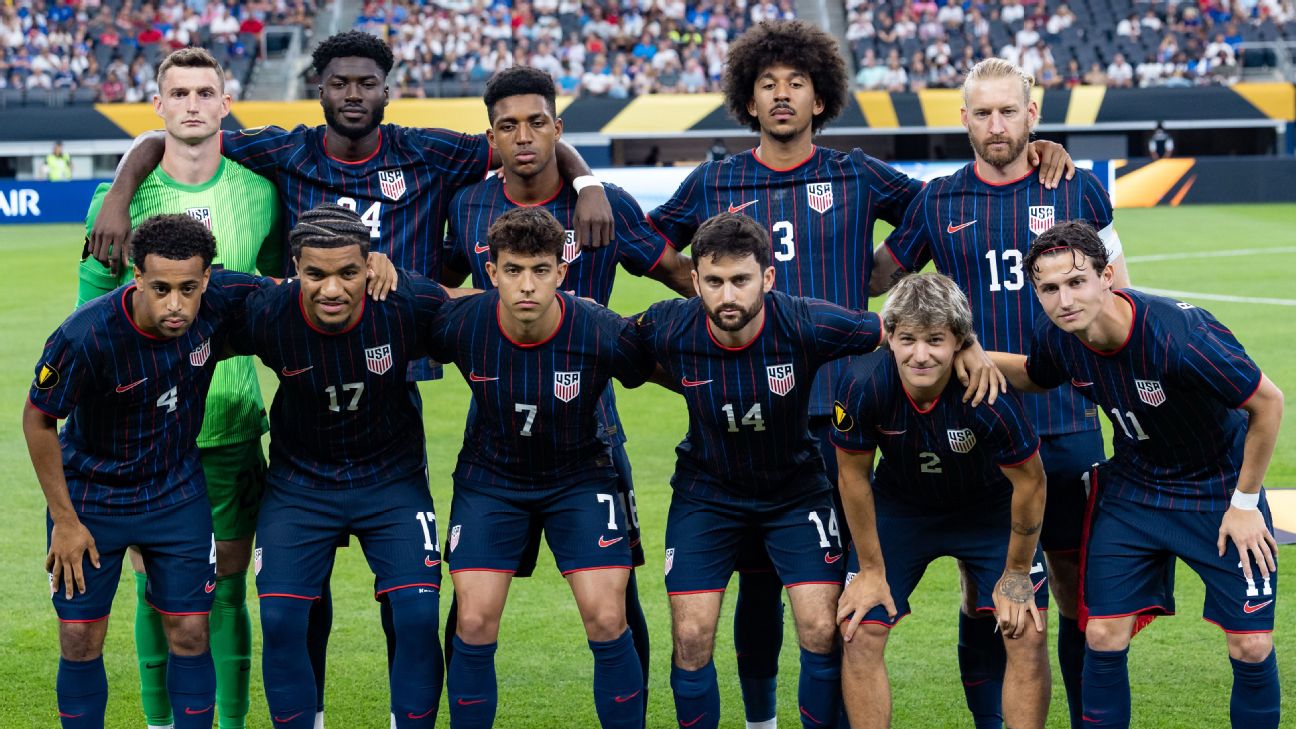The Unique Chaos of Concacaf: Analyzing the Brutality and Brilliance of North and Central American Soccer
Explore the unique and chaotic style of Concacaf soccer, from its physicality and aggression to its tactical nuances, as we break down what makes North and Central American soccer truly distinct.
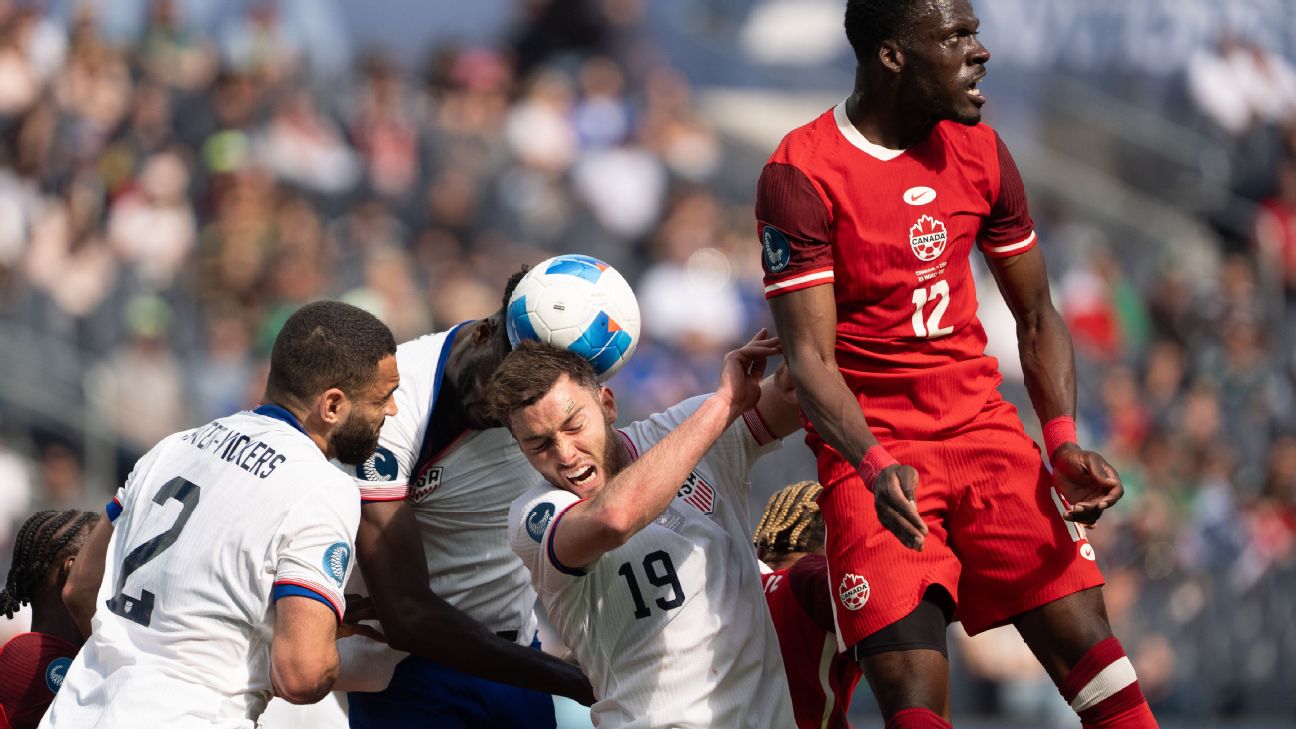
Physicality in Concacaf
Concacaf soccer is often characterized by its high tolerance for physical play. Compared to other major tournaments like the Copa América, Euros, and Premier League, the Gold Cup averages more fouls per game but fewer yellow cards. This suggests that referees in Concacaf allow a more aggressive style of play, which can lead to a more unpredictable and intense match environment.
Passing and Possession
Stylistically, South American soccer shares similarities with North American soccer, particularly in terms of passing. The average Gold Cup team attempts around 420 passes per game, completing 82% of them. These numbers are comparable to those of relegated Premier League teams like Leicester City. However, Concacaf teams attempt fewer dribbles than their Copa América counterparts, focusing more on direct play.
Aggression and Forward Movement
Concacaf stands out in its approach to moving the ball forward aggressively. Teams in the Gold Cup tend to make longer passes and take more shots, leading to frequent transitions and a faster-paced game. This style of play is reminiscent of Andoni Iraola's Bournemouth in the Premier League, emphasizing quick, direct attacks.
Shooting Tactics
In Concacaf, teams often take long shots and rely on crosses, despite analytics suggesting these are less effective strategies. The Gold Cup sees a higher number of shots from outside the box and more crosses, which can lead to chaotic and unpredictable outcomes. This approach contrasts sharply with the more measured tactics seen in European soccer.
The Impact on World Cup Preparation
The unique style of Concacaf soccer presents challenges for teams like the USMNT, Mexico, and Canada as they prepare for the World Cup. The physicality, aggression, and tactical differences in Concacaf can make it difficult for these teams to transition smoothly to the more refined and structured play they will encounter on the global stage. However, it also provides an opportunity for these teams to develop resilience and adaptability.
Conclusion
Concacaf soccer is a blend of brutality and brilliance, offering a unique spectacle that is both entertaining and unpredictable. While it may not always align with the tactical sophistication of European soccer, it provides a distinct challenge that shapes the identity of North and Central American teams. As the Gold Cup unfolds, fans can expect the usual mix of chaos, drama, and unforgettable moments that define Concacaf.
















